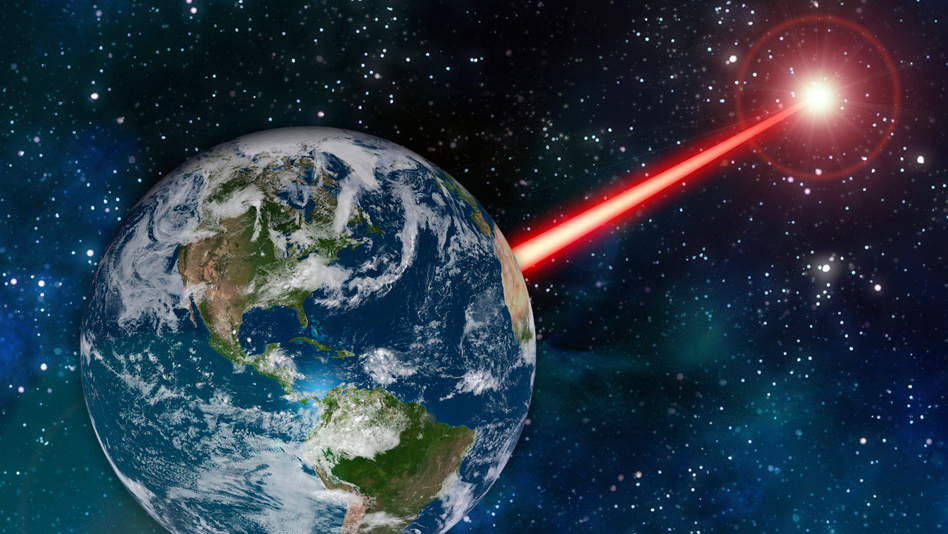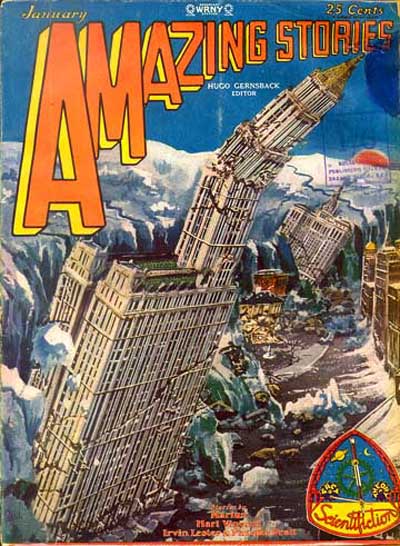Better. Cheaper. More Efficient. An organization’s dream. And when one of those organizations is NASA, all the better. After all, space exploration is one of the more pricier business ventures out there, and one hindrance to it is the sheer cost of hauling equipment off planet Earth. In addition to being able to withstand the force of escaping Earth’s gravity, any space equipment would also have to function effectively in zero gravity. A daunting task. But technology’s specialty is solving problems. So…enter 3D printing.
 Three-dimensional (3D) printing, also known as additive manufacturing, is a method of creating a 3D object from a digital model by piling layers of material on top of each other until the object is formed. 3D printing has been used to produce prototypes, machine parts, jewelry, and more. In the future, it will be used to even create body parts, chemical compounds, even buildings. It’s been said that 3D printing has the potential to tip the advantage in manufacturing from East to West.
Three-dimensional (3D) printing, also known as additive manufacturing, is a method of creating a 3D object from a digital model by piling layers of material on top of each other until the object is formed. 3D printing has been used to produce prototypes, machine parts, jewelry, and more. In the future, it will be used to even create body parts, chemical compounds, even buildings. It’s been said that 3D printing has the potential to tip the advantage in manufacturing from East to West.
As far as space exploration is concerned, 3D printing could be the answer to many a problem. Astronauts and colonists wouldn’t have to bring bulky equipment, replacement parts, and tools with them, but could manufacture them in space with only a printer and printing materials. NASA has already contracted for a 3D printer (through the company, Made in Space) that can be launched into space.

“If you’re going to explore Mars or work on-station or just go somewhere far out on the planet Earth, you need to bring your own materials, then you really create a sustainable method of constructing a new habitat,” said Matthew Reyes, contractor for the NASA Ames Research Center.
In fact, at the NASA Marshall Space Flight Center, 3D printing is being used to help develop parts for the next generation of rockets that will carry astronauts to the farthest destinations man has ever gone. The NASA Glenn Research Center is employing the technique to an RL-10 rocket engine injector, and the Kennedy Space Center is developing methods of using regolith (loose material such as dust, soil, and broken rock that covers solid rock and is present on Earth, the Moon, Mars, and some asteroids) in order to provide a ready source of printing material.
The Space Age may be making a comeback, thanks to 3D printing. And to help it along, Made in Space is asking for your help. If you have a suggestion for what should be manufactured in space, send it along to info@madeinspace.us. You could help design the future.









